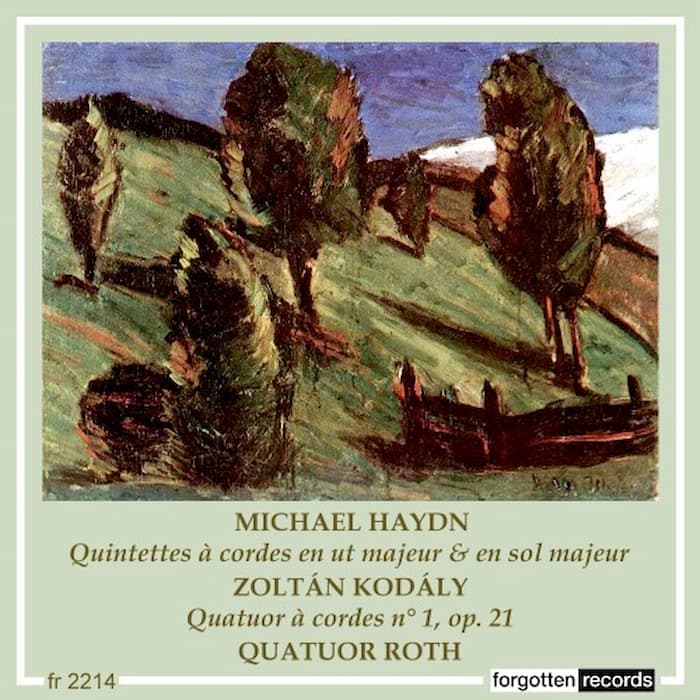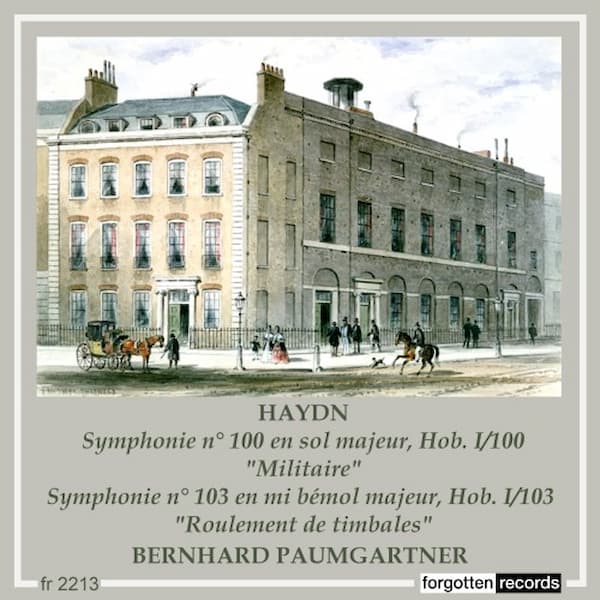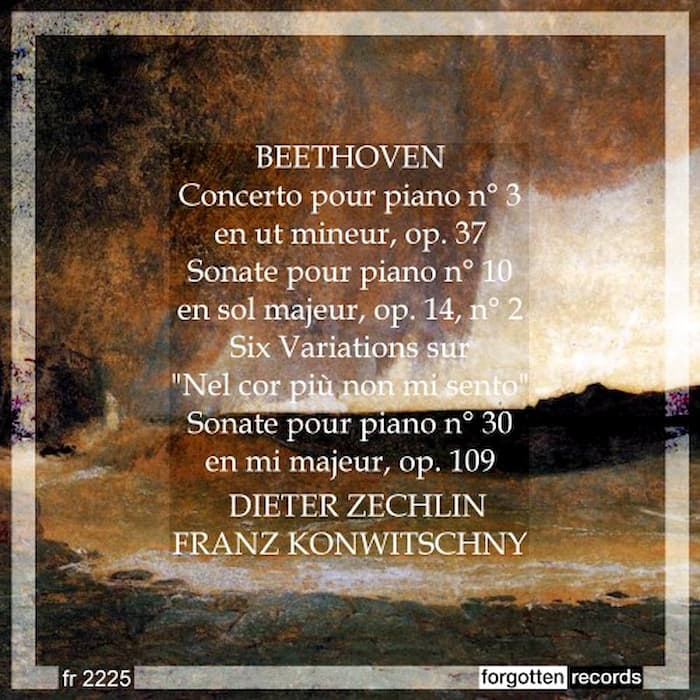Edvard Grieg (1843 – 1907) invented the idea of Lyric Pieces, but it’s really part of a long list of character pieces for the piano. With the rise of the home piano, there was an immediate market for music for the instrument and the home players.
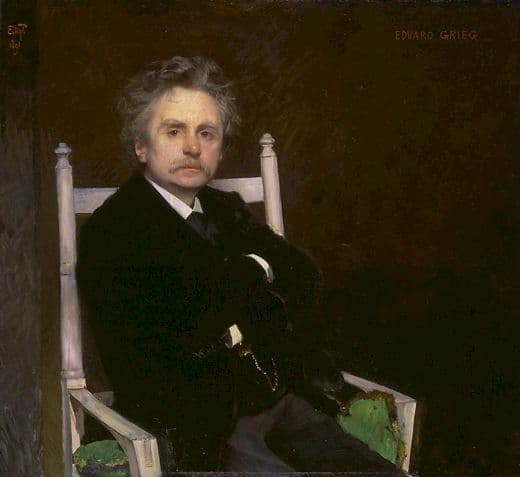
Eilif Peterssen: Edvard Grieg, 1891 (Oslo: Nasjonalmuseet)
Edvard Grieg (1843–1907) was born in Bergen, Norway, and when his skills were recognised by the violinist and composer Ole Bull, he was sent to Leipzig at age 15 to attend the conservatory. Although he later complained about the conservatory, there is no doubt that he received very good and solid musical training. In a city with an extremely active musical life, he heard music he never would have encountered in Norway and it made a lasting impression on him.
When he returned to Scandinavia, he first went to Copenhagen and there started to make his name as a composer. Meeting the Norwegian composer Rikard Nordraak, Grieg came to believe, as Nordraak did, that the future of Norwegian music lay in nationalism and that folksong was key to this.
In 1866, Grieg returned to Norway and settled in Christiana, a part of the capital city of Oslo. Although he wrote many major works, his identity with folk music tainted his reputation as someone who simply borrowed from folk music. Grieg’s own compositional style followed that of traditional Norwegian music: ‘Much instrumental Norwegian folk-music is built from small melodic themes, units which are repeated with small variations in appoggiaturas and sometimes with rhythmic displacements’. Development sections are rare. In following this style, he made it difficult for listeners to tell the difference between his original works and folk music borrowings.
The rise of the piano (it’s estimated that in 1910, more than 600,000 pianos were produced) gave Grieg a ready audience for his piano pieces. They were so popular that his publisher, C.F. Peters in Leipzig, eventually gave him an annual salary for the right to have first choice of his new works.
In his collections of Lyric Pieces, there were eventually 66 works published in 10 albums in the 34 years between 1867 and 1901. His fifth book, Op. 54, published in 1891, is considered to contain his best work in the series. The idea of Nature binds the collection together, and the source material is Grieg’s own, not coming from folk music.
The fourth piece in the collection, the March of the Trolls, takes the equivalent of the Norwegian boogieman as its subject. When the irritable, short-tempered trolls come out after dark with their plans to wreak havoc on quiet households everywhere, beware!
This piece, originally for piano, was orchestrated by conductor Anton Seidl for the New York Philharmonic as part of a work he called Norwegian Suite. This was later revised by Grieg as Lyric Suite with one piece removed, another added, and the order shifted. Grieg’s revised version replaced Seidl’s original version, which is rarely heard anymore.
Edvard Grieg: Lyric Suite, Op. 54 – 4. March of the trolls
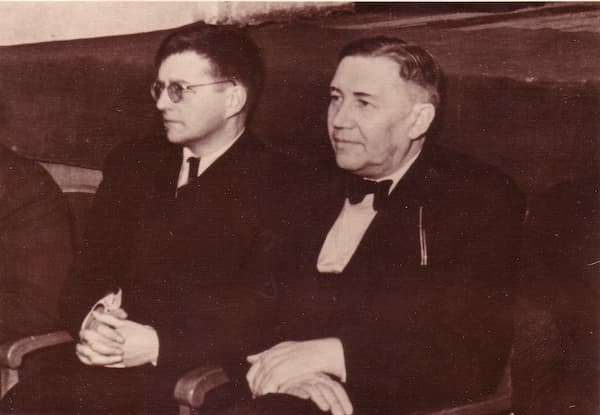
Golovanov (R) and Shostakovich (L)
This recording was made in Moscow in 1949, with Nikolai Golovanov leading the Orchestre Symphonique de la Radio de l’URSS. Soviet composer and conductor Nikolai Semyonovich Golovanov (1891–1953) was one of the leading conductors of his time, and was extensively associated with the Bolshoi Opera. He was recognised as a People’s Artist of the USSR and Honoured Artist of the RSFSR, was awarded the Stalin Prize Winner four times, and was also awarded the Order of Lenin, Order of the Red Banner of Labor, Medal ‘For the Defence of Moscow’ and Medal ‘For Valiant Labor in the Great Patriotic War 1941–1945’. He was dismissed by Stalin over a disagreement about casting a Jewish singer for the title role in a recording of Boris Godunov. His friends said it was his shame over this dismissal that led to his death.
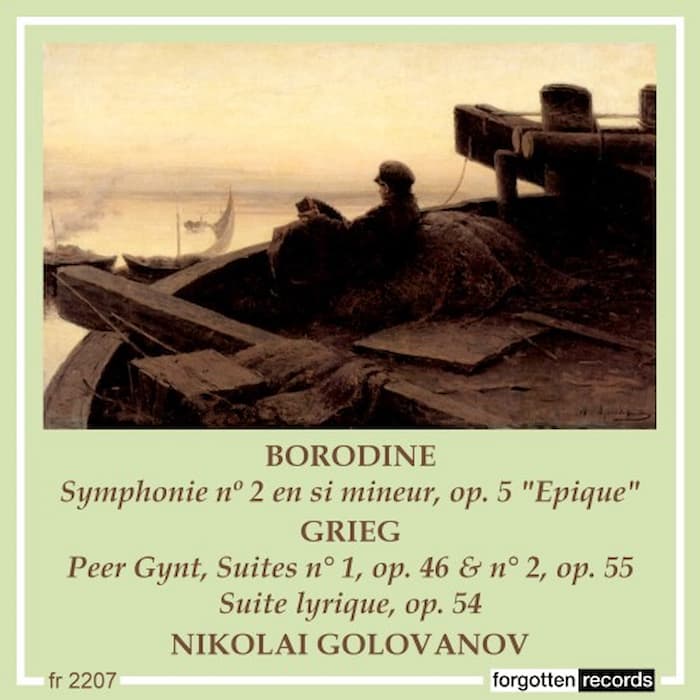
Performed by
Nikolai Golovanov
Orchestre Symphonique de la Radio de l’URSS
Recorded in 1949
Official Website
For more of the best in classical music, sign up for our E-Newsletter

